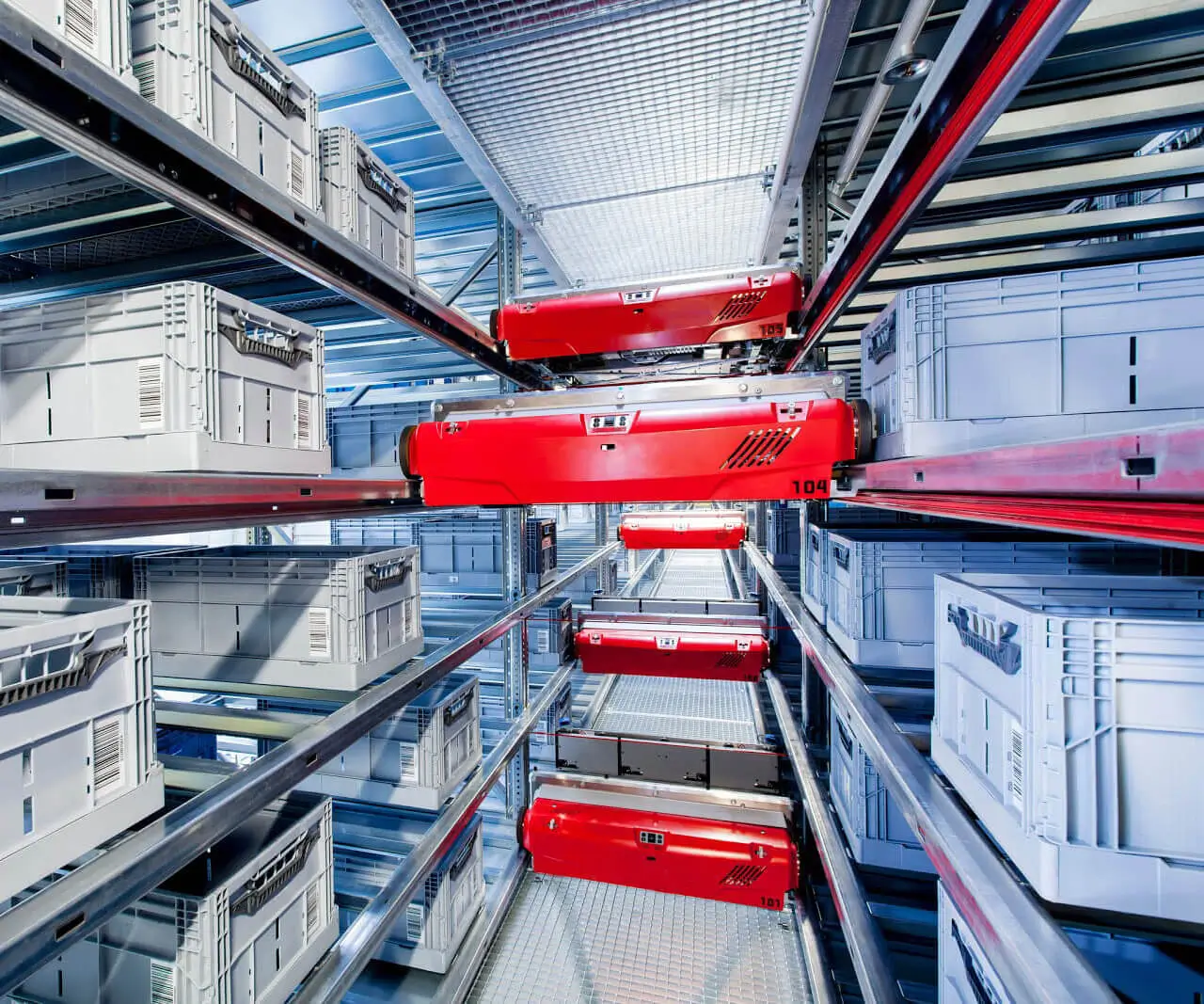Sure! Here's the first part of the soft article on "brushless servo motor control board." I'll deliver it in the specified format, and follow with the second part afterward.

The Evolution of Motor Control Technology and the Rise of Brushless Servo Motors
In today’s rapid-paced industrial landscape, the demand for precision, efficiency, and durability in machinery has never been higher. Historically, motors powered the backbone of automation, but as tasks grew more complex, so did the need for smarter, more responsive control systems. This quest for excellence paved the way for innovations like brushless servo motors and, more specifically, the sophisticated control boards that govern their operation.
Understanding the Basics: What Is a Brushless Servo Motor?
At its core, a brushless servo motor is an electric motor designed for high-performance applications, combining the advantages of brushless DC motors with precise feedback mechanisms. Unlike traditional brushed motors, which use brushes and commutators that can wear out and generate electrical noise, brushless versions utilize electronic commutation. This means that the motor’s controller (or control board) electronically switches the current within the motor windings, achieving smooth, efficient, and quiet operation.
These motors are prized for their high torque density, quick responsiveness, and low maintenance needs. They are the backbone of robotic arms, CNC machinery, drone propulsion systems, and other precision-demanding equipment. But, to harness their full potential, a compatible, finely-tuned control system is essential.
The Role of Control Boards in Brushless Servo Motors
The brushless servo motor control board serves as the brain of the system. It interprets input commands, processes feedback from sensors (like encoders), and orchestrates the precise timing needed to energize each phase of the motor. This orchestration results in accurate positioning, speed regulation, and torque control.
Imagine the control board as the conductor of an orchestra, where the different sections (current, voltage, feedback signals) have to harmonize perfectly to produce a beautiful symphony. Without this conductor, the individual instruments can fall out of sync, leading to inefficiency, vibration, or even system failure.
Control boards integrate advanced algorithms—including PID (Proportional-Integral-Derivative) control, sensorless vector control, and field-oriented control (FOC)—to optimize performance. They can operate in multiple modes, adapt to varying loads, and provide safety features such as overcurrent and overvoltage protection.
Why Are Brushless Servo Motor Control Boards Becoming a Game-Changer?
As industrial demands grow, the limitations of traditional control systems become apparent. Older systems often lacked the real-time responsiveness or adaptability needed for modern automation tasks. Conditional responses, energy efficiency, miniaturization, and integration have turned control boards into critical enablers of next-generation machinery.
Among the reasons they are becoming game-changers:
Enhanced Precision: High-resolution encoders paired with intelligent control algorithms deliver unparalleled positioning accuracy, critical in applications like micro-machining or surgical robotics.
Energy Efficiency: Optimized current control minimizes power loss, reducing operational costs and thermal management challenges.
Smooth Operation: Advanced modulation techniques ensure seamless acceleration and deceleration, improving component lifespan and reducing operational noise.
Ease of Integration: Modern control boards often come with communication interfaces such as Ethernet, CAN, or USB, enabling seamless integration into complex automation networks.
Diagnostics and Monitoring: Real-time data collection allows predictive maintenance, reducing downtime and repair costs.
Key Components of a Modern Brushless Servo Motor Control Board
Creating an efficient brushless servo control system involves various components working in unison:
Microcontroller or DSP (Digital Signal Processor): The core computational engine executing control algorithms at high speeds.
Power Electronics (Inverters): MOSFETs or IGBTs switch current in the windings, driven by PWM (Pulse Width Modulation) signals generated by the control algorithm.
Feedback Devices: Encoders or resolvers provide real-time rotor position and speed data, essential for precise control.
Protection Circuits: Overcurrent, overvoltage, and thermal sensors safeguard the motor and controller.
User Interface and Communication Ports: For parameter adjustment, diagnostics, and remote control.
Advancements in Control Firmware and Algorithms
The complexity of control algorithms has evolved considerably. Traditional PID control remains popular, but newer approaches like Field-Oriented Control (FOC) have revolutionized motor performance. FOC enables decoupling of torque and flux, allowing smoother torque production and higher efficiency—especially at low speeds.
Sensorless control algorithms are also gaining traction because they eliminate the need for physical encoders, reducing costs and simplifying designs. These methods infer rotor position by analyzing motor back-EMF (Electromotive Force), pushing the bounds of responsiveness and reliability.
Real-World Applications and Benefits
From robotics to aerospace, the adoption of brushless servo motor control boards impacts numerous fields:
Robotics: Precise movement and rapid response enable complex manipulation tasks.
Manufacturing: High-speed, high-accuracy CNC machining increases productivity and quality.
Automotive: Electric vehicle drives rely on advanced motor control for efficiency and smooth operation.
Aerospace: Precision control in actuation systems ensures safety and performance.
Medical Devices: Micro-movements in surgical robots demand ultra-precise control for safe procedures.
With these applications expanding rapidly, understanding and optimizing brushless servo motor control boards has become a strategic priority for engineers and designers seeking competitive advantage.
Leveraging innovations in modular drive technology, Kpower integrates high-performance motors, precision reducers, and multi-protocol control systems to provide efficient and customized smart drive system solutions.




































